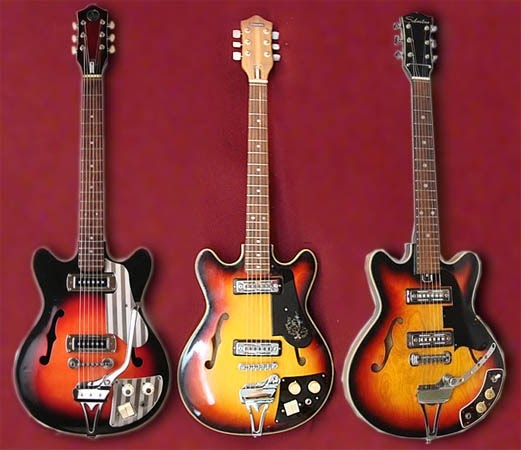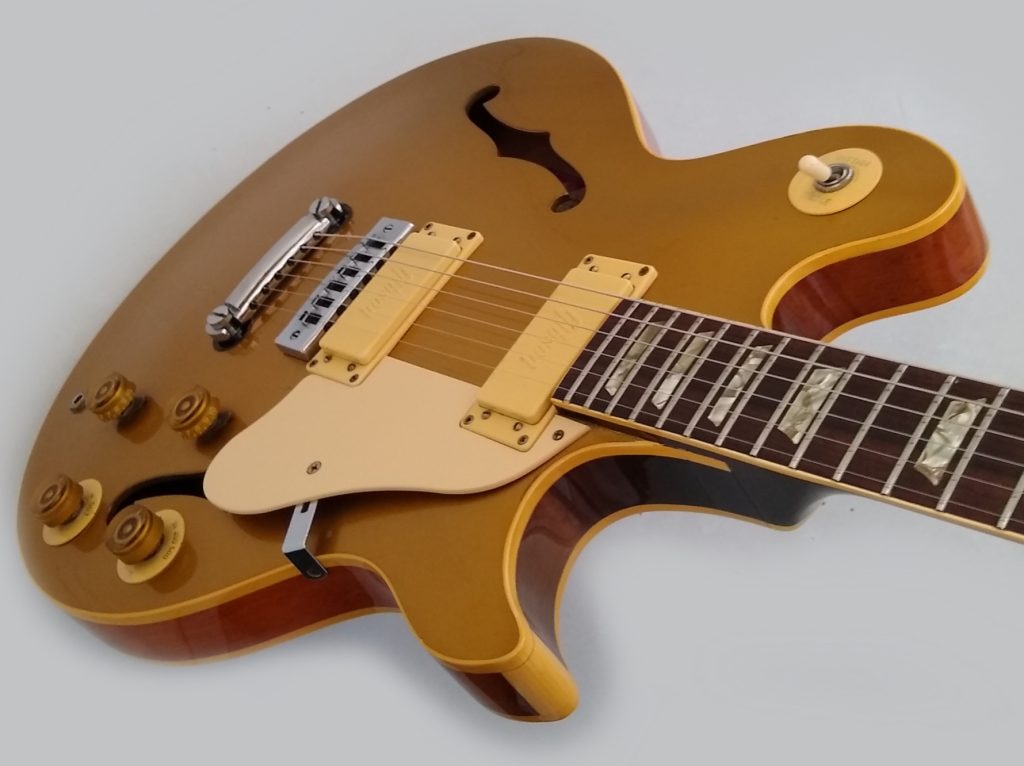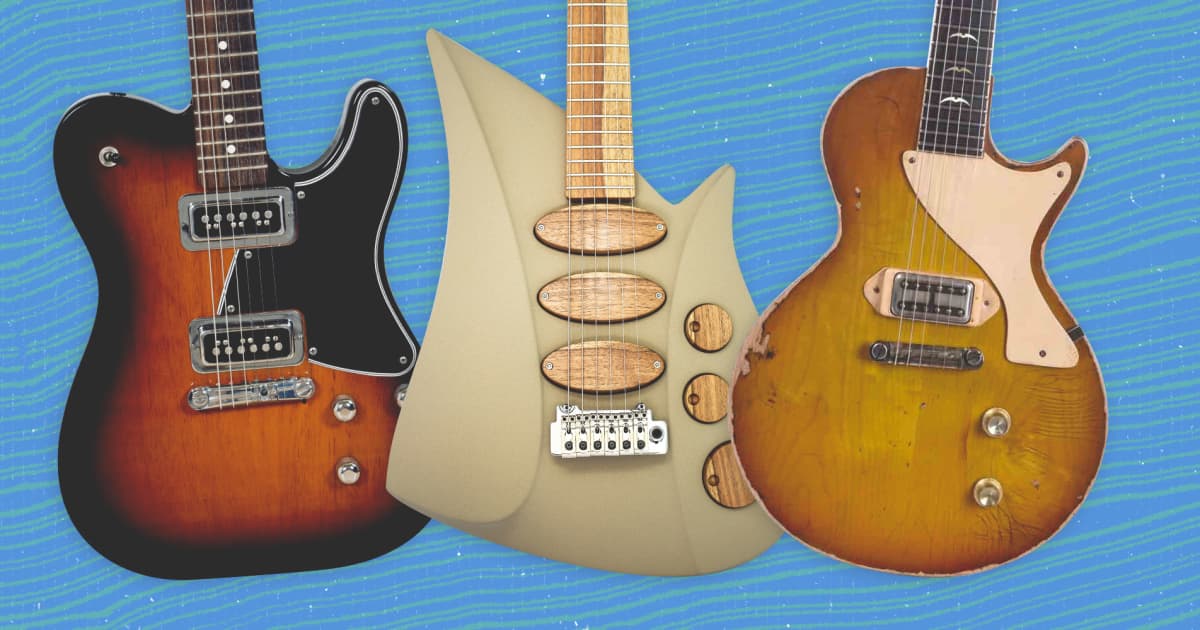Teisco Guitars have played a significant role in the music industry since their inception in the 1950s. These unique instruments, known for their distinct sound and unconventional design, have captured the hearts of musicians and collectors alike. In this article, we will explore the history of Teisco Guitars, their rise and fall in popularity, and their recent resurgence in the vintage instrument market. We will also delve into the influence of Japanese culture on Teisco Guitars, their affordability as a budget-friendly option, their versatility across different musical genres, and their collectibility as rare and sought-after instruments. Finally, we will discuss the future of Teisco Guitars and the importance of preserving their legacy for future generations.
The History of Teisco Guitars: A Brief Overview
Teisco Guitars originated in Japan in the late 1940s under the name “Tokyo Electric Instrument and Sound Company” (Teisco). The company initially focused on producing electronic components and amplifiers but soon expanded into manufacturing guitars. In the 1960s, Teisco Guitars experienced a period of rapid growth and success. They became known for their affordable price tags, unique designs, and distinct sound. Teisco Guitars were popular among beginner and intermediate players who were looking for an affordable alternative to more expensive American-made guitars. However, by the 1970s, Teisco Guitars began to decline in popularity due to increased competition from other guitar manufacturers and changes in the musical landscape.
The Unique Sound of Teisco Guitars: What Sets Them Apart
One of the defining characteristics of Teisco Guitars is their unique sound. They have a distinct tone and character that sets them apart from other guitars. This can be attributed to several factors, including the use of unconventional electronics and pickups. Teisco Guitars often featured single-coil pickups, which produced a bright and twangy sound. They also had a unique wiring system that allowed for a wide range of tonal options. Additionally, the design and construction of Teisco Guitars contributed to their unique sound. The bodies of these guitars were often made from inexpensive materials such as plywood, which gave them a distinct resonance and sustain. Overall, the sound of Teisco Guitars is often described as quirky, lo-fi, and full of character.
The Rise and Fall of Teisco Guitars: What Happened?

The decline of Teisco Guitars in the 1970s can be attributed to several factors. One of the main reasons was increased competition from other guitar manufacturers. As more companies began producing affordable guitars, Teisco faced stiff competition in the market. Additionally, changes in the musical landscape during this time also contributed to the decline of Teisco Guitars. The rise of rock music and the popularity of more traditional guitar brands such as Fender and Gibson led to a decrease in demand for Teisco Guitars. Finally, changes within the company itself also played a role in its decline. Teisco went through several ownership changes and rebranding efforts during this period, which led to a loss of brand identity and customer loyalty.
The Resurgence of Vintage Instruments: Why Teisco is Making a Comeback
In recent years, there has been a growing interest in vintage instruments among musicians and collectors. This has led to a resurgence in the popularity of Teisco Guitars. Many musicians are drawn to the unique sound and character of these instruments, as well as their affordability compared to other vintage guitars. Collectors are also seeking out Teisco Guitars due to their rarity and historical significance. Additionally, nostalgia plays a significant role in the resurgence of Teisco Guitars. Many musicians who grew up playing these instruments in the 1960s and 1970s are now rediscovering them and seeking to recapture the sound and feel of their youth.
The Influence of Japanese Culture on Teisco Guitars
The design of Teisco Guitars was heavily influenced by Japanese culture. The company incorporated elements of Japanese art and aesthetics into their guitar designs, making them visually distinct from other guitars on the market. Teisco Guitars often featured bold colors, unique body shapes, and intricate pickguard designs. These design elements were inspired by traditional Japanese art forms such as ukiyo-e prints and kimono patterns. The cultural significance of Teisco Guitars in Japan cannot be overstated. These instruments were not only a symbol of the country’s growing technological prowess but also a source of national pride.
The Affordable Alternative: Teisco Guitars as a Budget-Friendly Option
One of the main reasons for the popularity of Teisco Guitars in the past and their resurgence today is their affordability. Compared to other vintage instruments, Teisco Guitars are relatively inexpensive, making them accessible to a wide range of musicians. This affordability is due to several factors, including the use of inexpensive materials in their construction and the mass production methods employed by Teisco. Despite their low price tags, Teisco Guitars still offer good value for money. They are well-built instruments that can produce unique and interesting tones, making them a great option for beginner and intermediate players who are looking for something different without breaking the bank.
The Versatility of Teisco Guitars: From Surf Rock to Indie Pop
Teisco Guitars have been used in a diverse range of musical genres throughout their history. They are particularly associated with surf rock, a genre that emerged in the 1960s and was characterized by its upbeat, reverb-drenched sound. Many surf rock bands, such as The Ventures and The Shadows, used Teisco Guitars to achieve the twangy and melodic tones that were synonymous with the genre. However, Teisco Guitars are not limited to surf rock. They have also been used in other genres such as garage rock, punk rock, indie pop, and even experimental music. Their unique sound and character make them adaptable to different playing styles and techniques.
The Collectibility of Teisco Guitars: Why They’re a Hot Commodity
Teisco Guitars are highly sought-after by collectors and enthusiasts due to their rarity and uniqueness. Many of these instruments were produced in limited quantities, making them difficult to find today. Additionally, the historical and cultural significance of Teisco Guitars adds to their collectibility. These instruments represent a specific era in music history and are a tangible link to the past. Collectors are drawn to the nostalgia and sense of history that comes with owning a vintage Teisco Guitar. As a result, prices for these instruments have been steadily increasing in recent years, making them a hot commodity in the vintage instrument market.
The Reimagining of Teisco Guitars: Modern Takes on Classic Designs

In recent years, several contemporary guitar manufacturers have revived the Teisco brand and reimagined classic Teisco designs for the modern market. These updated Teisco Guitars retain the unique aesthetic and sound of their vintage counterparts but incorporate modern features and technology. For example, some modern Teisco Guitars feature improved hardware, better pickups, and more reliable electronics. These updated models appeal to both modern players who are looking for something different and collectors who want to add a new twist to their vintage guitar collection.
The Future of Teisco Guitars: What’s Next for the Iconic Brand?
The future looks bright for Teisco Guitars as they continue to grow in popularity among musicians and collectors. The unique sound and character of these instruments, as well as their affordability, make them an attractive option for players of all levels. However, the brand also faces challenges and opportunities in the modern music industry. As the demand for vintage instruments continues to rise, Teisco Guitars will need to find ways to meet this demand while preserving their legacy and heritage. This may involve partnering with contemporary guitar manufacturers or exploring new markets and distribution channels. Ultimately, the future of Teisco Guitars will depend on their ability to adapt to the changing needs and preferences of musicians and collectors.
Conclusion
Teisco Guitars have left an indelible mark on the music industry with their unique sound, unconventional design, and cultural significance. Despite experiencing a decline in popularity in the 1970s, these instruments have made a comeback in recent years due to their affordability, versatility, and collectibility. The influence of Japanese culture on Teisco Guitars is evident in their design and aesthetics, making them visually distinct from other guitars. As the brand looks towards the future, it will be important to preserve the legacy and heritage of Teisco Guitars while also finding ways to adapt to the changing needs of musicians and collectors. With their enduring appeal and rich history, Teisco Guitars are sure to continue captivating musicians and collectors for years to come.
